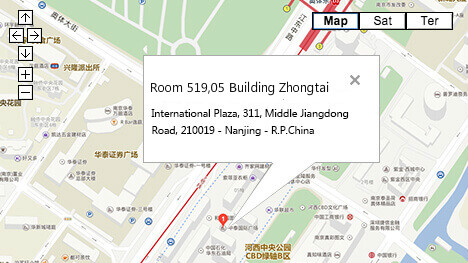BY RENAUD ANJORAN When people ask me if the quality of China-made products has improved over…
How the Kingfisher Group is Re-orgamizing Sourcing Operations To Cut Costs
BY RENAUD ANJORAN
Last week I was invited to speak at the Sourcing Shift conference in Hong Kong. And the first two speakers described a very interesting case study: how the Kingfisher group (owner of retail chains such as B&Q, Castorama…) is re-organizing itself to respond to competition and to cut costs.
Amazon is starting to have an impact on the do-it-yourself home improvement market in Europe. Other actors have been quite aggressive too.
In response, Kingfisher looked at other strategies that have been successful, and they zeroed in on Ikea. That makes a lot of sense.
Kinfished used to have 9 sourcing groups — once for each retail chain they owned. They consolidated this into 1 sourcing organization.
They are looking at their product lines on a global level and implementing a new approach category by category. This is what Ikea did in the 1990s:
The strategy was launched in a campaign with the slogan ‘Pump Up the Volume’. The initial objective was to increase the volumes purchased from the best suppliers and to benefit from reduced fixed costs. The organization was not used to industrial calculation principles and go help with a simple explanation: ‘If the supplier’s fixed costs are 30 per cent, a doubling of the the volume should give a 15 per cent price reduction.’
(Source: Strategy Sourcing and Category Management, by Magnus Carlsson, former purchasing development manager at Ikea.)
What are the main changes implemented by Kingfisher so far, in the categories that are already purchased under the new model?
- They work with contract manufacturers rather than traders, and they commit to certain production volumes
- They go much deeper in the supply chain and they set up a costing model that includes prices of most components/materials
- They source the components and raw materials, and they buy production lines (which will make the products) rather than finished products
- They develop new products that are sold only in their stores
- They cut a lot of complexity; they now place more volume buying fewer SKUs
What has been the result?
On the product categories that have already been purchased this way, the unit cost has gone down (often substantially), and sales have grown by 15-18%.
How did the organization have to change?
To make it work, they had to switch to a top-down approach where 1 person is responsible for buying 1 type of product, for all countries and all retail chains.
There have been no layoffs so far, since it is mostly a growth strategy. However, many new jobs have appeared — for example product designers, costing engineers, etc.
What about future initiatives?
I wrote before about the 5 levels of maturity of a sourcing organization.
They are going from level 2 to level 3:
- Purchasers adopt a new strategy (consolidation of the supplier base) to reduce costs while at the same time avoiding hidden costs.
As they develop new product ranges, they can probably go to level 4 in a few categories:
- The whole company works more closely with key suppliers and involves them in long-term planning and decisions.
Let’s see how it goes. It was great to see a large company being open about their initiatives and their results. Let’s hope they keep communicating about this.
—
The 2 speakers involved were:
- Thomas Audoly, General Manager, Kingfisher
- Thomas Vandenbogaerde, Director – Sourcing, Supply Chain & Analytics Offers, Forizons Hong Kong office
Article Source: https://qualityinspection.org/kingfisher-re-orgamizing-sourcing/

This Post Has 0 Comments